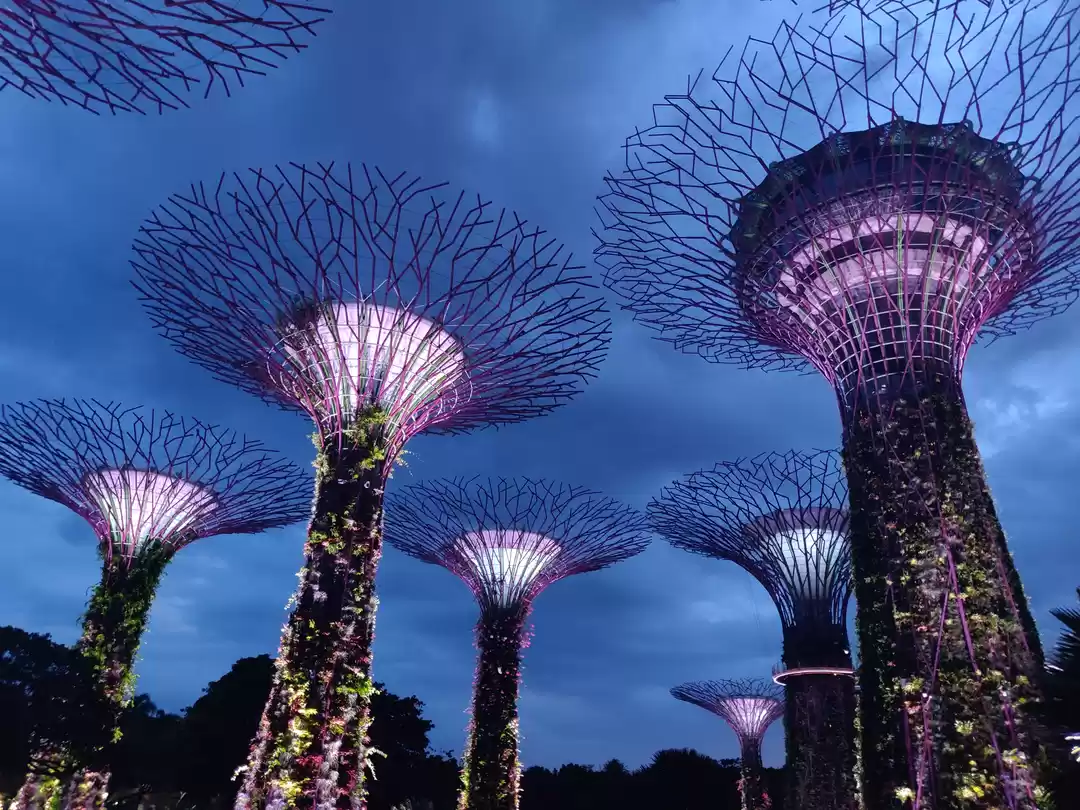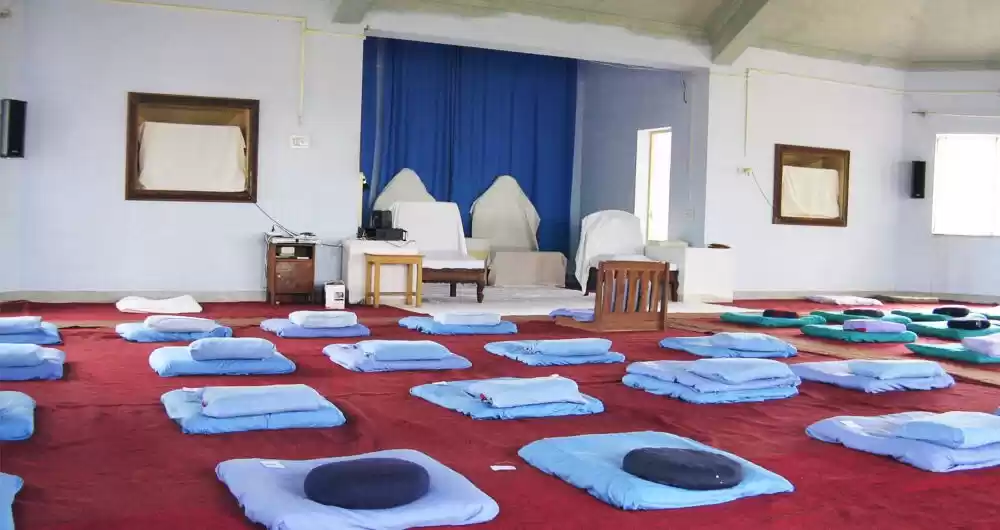
“A mind that is stretched by a new experience can never go back to its old dimensions.” – Oliver Wendell Holmes, Jr.
On a particularly introspective evening one day (or maybe a few), I thought deeply about what I really want out of life. If I were on my deathbed right now, what would I be happy about, what would I regret? How could the answers to these questions guide how I live the rest of my life, however long or short it might be?
When I look back at my journey so far and think ahead about what would make a fulfilling life, I’m convinced that it’s in continuing to seek invigorating experiences that further my understanding of the universe, push me out of my comfort zone, and help me grow.
In light of this endeavor, I recently came across the opportunity to experience Floatation Therapy. I’d first heard about it from a friend, and once I read up a little about it, I was intrigued. Fast forward a few months, here I am, fresh out of my first float.
What Is Floatation Therapy?
Have you ever wondered what happens to the brain when it is insulated from all sensory input and stimuli?
Sensory deprivation tanks (or isolation tanks) were first introduced and promoted by the controversial American neuroscientist, John C. Lilly, in the 1950s, as a means to explore the nature of human consciousness. He found that in this environment, 90% of the brain’s neural activity was free from tasks, helping one focus inwards.
Floatation Therapy essentially involves floating in a pool of Epsom salt water (to help the body float without effort) while enclosed in a sound and lightproof pod, helping the mind enter a deep meditative state.
Floating like a Feather
I did my first float at the Palm Ave Float Club in Singapore (costs SGD 90 for an hour-long float). I walked in with no expectations- pretty much the best state of mind to try something new. The friendly lady at the reception gave me a brief about the float (nothing complex- just instructions about bathing before and after, how to turn off the lights, close the pod, etc.).
They say it takes a while to get used to floatation and the first float can be a bit overwhelming. Surprisingly, I felt at ease almost immediately. My neck felt a bit strained at first, but the soothing music inside the pod (plays for the first few minutes and last few minutes) helped me ease into the experience pretty fast.
A few minutes later, I felt my entire body become numb, almost weightless. If I hadn’t known that I was floating on water, I’d never have guessed. Going by just the sensations, I was simply lying on empty space- a part of nothing, a part of everything.
I wasn’t unconscious, but with all other sensory distractions out of the way, I could focus my attention on my thoughts and my breath. It was like meditation.
Before I knew it, an hour passed by. I didn’t fall asleep (common amongst first-timers; the salt ensures you remain buoyant even if you do), but when I got out, I felt more relaxed and at peace than I had been in a while. I wasn’t overwhelmed with joy, but I could feel a lot of negative emotions and anxieties leave me. I felt more balanced.
My first floating experience, in some ways, reminded me of my experience with Vipassana meditation. While it doesn’t compare, I can see how it can be helpful for those who don’t feel ready to experience Vipassana meditation as yet but are looking for a way to centre themselves, cut off from the complex, chaotic world for just a bit, and focus within.
Of course, one float doesn’t give lasting results and it is an expensive form of therapy/rejuvenation to engage in regularly, but it’s worth experiencing at least once (or more, if you can afford it).
As in the case of meditation, floatation is a deeply personal (and, thus, subjective) experience, so it’s best to try it out without any expectations, and not compare it with someone else’s experience. As a small poster stuck near the pod reads:
Expect nothing. Except nothing. Accept nothing.
If you enjoyed reading this post, check out my blog and connect with me on Instagram.

























